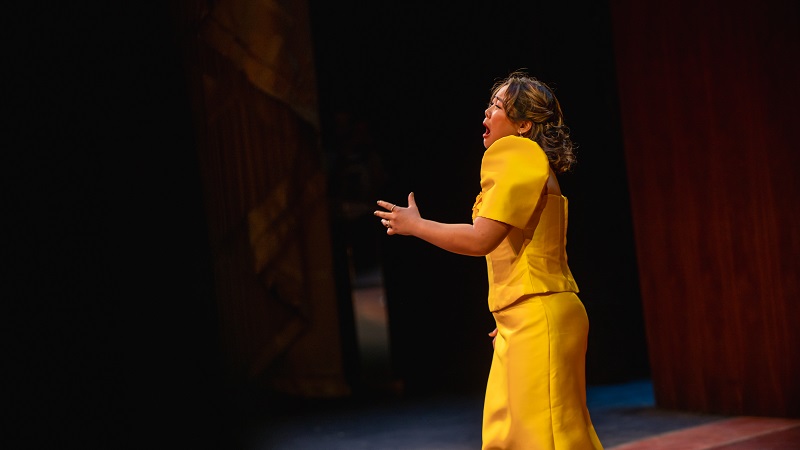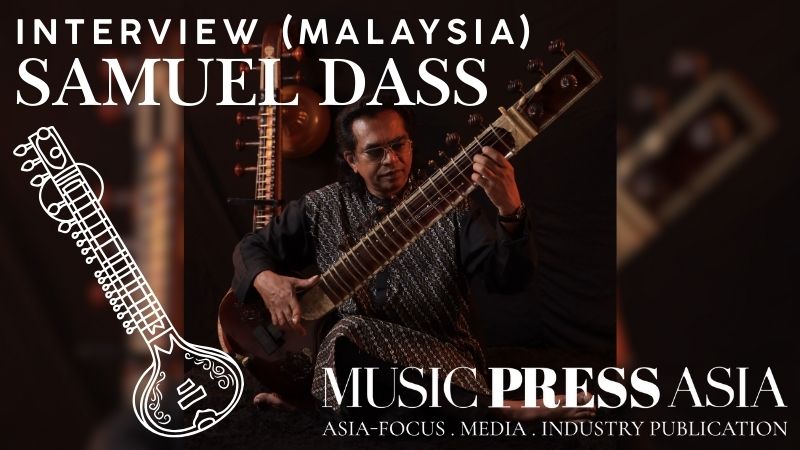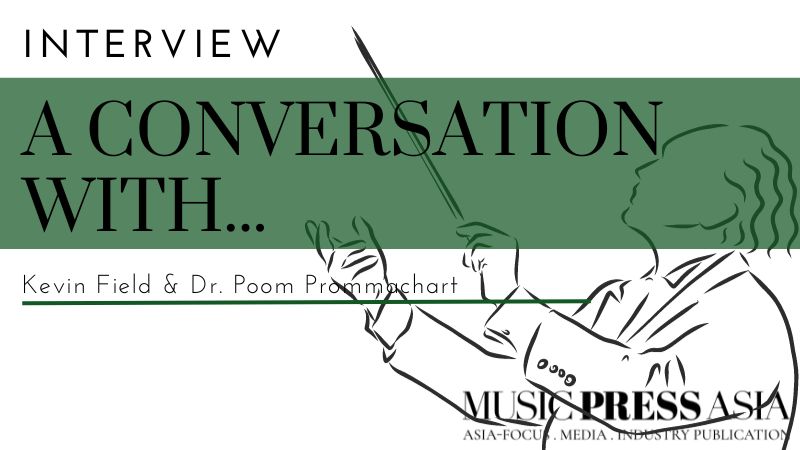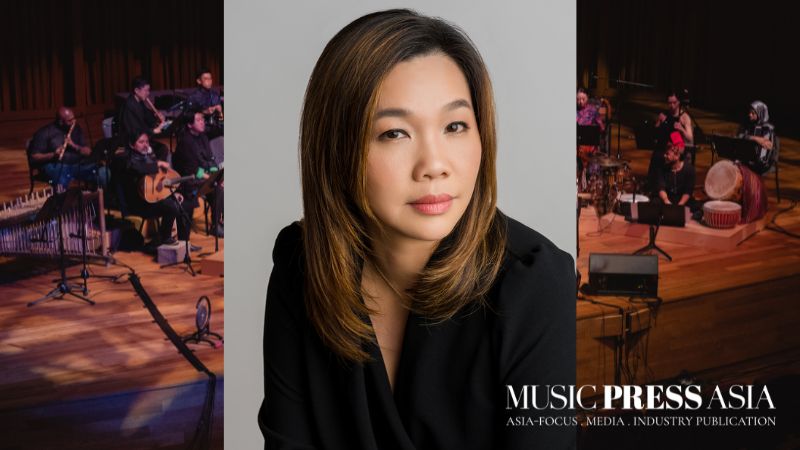How Do We Keep Indian Rhythms Alive?
An interview with Table Player and Milapfest’s Artist in Residence – Kousic Sen.
An interview with Table Player and Milapfest’s Artist in Residence – Kousic Sen.
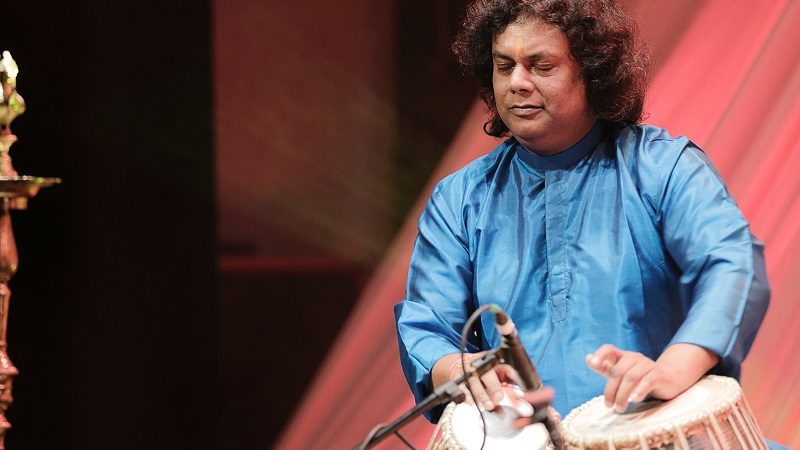
The rich language of the tabla has always been an introspective expression of the Hindustani classical music sector. Most prevalently exported from the Indian subcontinent, this pair of twin hand drums continue to make remarkably sensual vibrations that touch the heart.
Kousic Sen takes his art seriously. As a tabla player, his consistency in articulating this indigenous instrument has garnered wide acceptance and respect in the folk and pop music world in India, Bangladesh, Pakistan, Nepal, Afghanistan, and Sri Lanka. His love for the tabla has given a renewing sense of hope to tabla players and audiences of all ages. Here, he shares with Music Press Asia his love for the instrument and the importance of going LIVE again with Milapfest.
Q1. Why have you chosen to learn the tabla?
My father introduced me to this instrument when I was very young. I didn’t choose to learn tabla. Over time tabla chose me. As I improved and started to understand the range of the instrument, I fell in love with it.
Q2. Milap has been developing a vibrant Indian arts and culture scene in the UK – such an incredible effort and example for everyone. As an artist-in-residence, what do you think are important factors in ensuring Indian arts and culture survive in the UK and the rest of today’s world?
The survival of Indian arts depends mostly on the upbringing of new talent. I believe as long as new generations are aware and developing, the arts will thrive. Education is immensely important as well as a sense of identity and tradition. If people are listening and learning about this culture, people will always keep Indian arts alive.
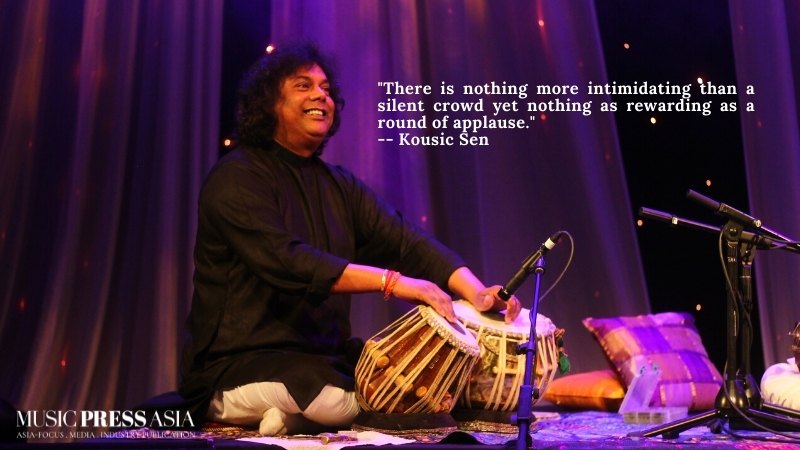
Q3. What are some of your proudest moments at Milap so far?
Milap has done many amazing things. I would say my proudest is seeing the youth orchestra. Watching the next generation develop and perform in front of hundreds and sometimes thousands of people is very inspirational.
Q4. Why is it important that musicians and artists perform live?
A live audience is like a living breathing animal. It must be tamed by performers. There are no second chances when you are directly interacting with people. Once a mistake is made, it’s out there. A live performance is the ultimate test of not just an artist’s skill but also his or her ability to share their creativity with others. There is nothing more intimidating than a silent crowd yet nothing as rewarding as a round of applause.
Q5. What has been the most challenging part of moving forward for the live scene in the UK?
Coronavirus has severely impacted us as it’s still near impossible to have even small crowds gather safely. Artists from India are also unable to travel due to restrictions. We do not have the flexibility of online live concerts simply due to the length of the sessions. A lot of our audience also are not able to adjust to the online atmosphere. Hopefully, we will be performing live concerts very soon so we can start seeing those happy faces in the audience again.
Kousic joined Milapfest as our Artist in Residence in 2014. His role includes teaching at the weekly Arts School, performances in Milapfest concerts around the UK, and his position as Percussion Conductor for Samyo and Tarang.
Milap Series Concert will be held at The Capstone Theatre, Liverpool starting 28 April. For further information and tickets, click here.
Related news: Rhythmic Mastery: Kousic Sen To Perform at Milap’s Series Concert

